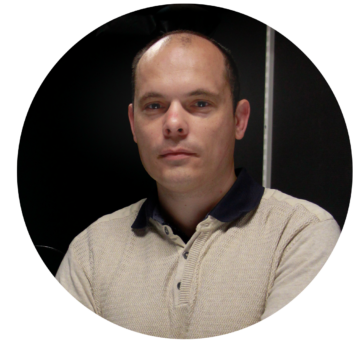Venue: CARF conference room
Vincent Villette
Institut de Biologie de l’Ecole Normale Supérieure (IBENS), PSL Research University, Paris. 
Invited by Lisa Roux (IINS)
Title
Monitoring neuronal spiking and subthreshold activities in cerebral and cerebellar microcircuits using optical methods.
Abstract
To understand how information is represented, processed, and propagated in the brain, technologies for recording transmembrane potential in vivo in neuronal populations with high fidelity will be essential. Direct cellular voltage imaging in vivo, was limited by the speed and sensitivity of both indicators and imaging modalities. We developed two microscopy techniques (ULoVE and 3D-CASH) enabling the optical recordings of cortical population voltage signal at single cell and high temporal resolution (>2KHz) in awake behaving animal circumventing limitations of classical imaging approaches. Improved Genetically encoded voltage indicators enable to record up to 500µm of depth during tens of minutes (up to 1 hour). Also, red shifted versions enable to multiplexed with calcium indicators offering a large palette of tools to study cell and network mechanisms.
The cerebellar microcircuits also require deeper understanding and optimized activity monitoring during behavior tasks. We focus our work on postural adjustment which is a major function of the vermal part of the cerebellar cortex. Using ULoVE, we record with millisecond temporal precision multiple Purkinje cell dendrites calcium activity arising from the inferior olive activity that is the main driver of cerebellar motor learning. We find that movement-related IO activity occurs in two phases, with a protracted modulation preceding a sharp response around ballistic movement onset. While the protracted modulation recapitulates an initial movement exaggeration and converges upon learning, the sharp response evolves to reflect movement kinematics. We identify sequences of CF events occurring during movement periods which could be a substrate of cerebellar plasticity and thus support motor learning in the cerebellum.

